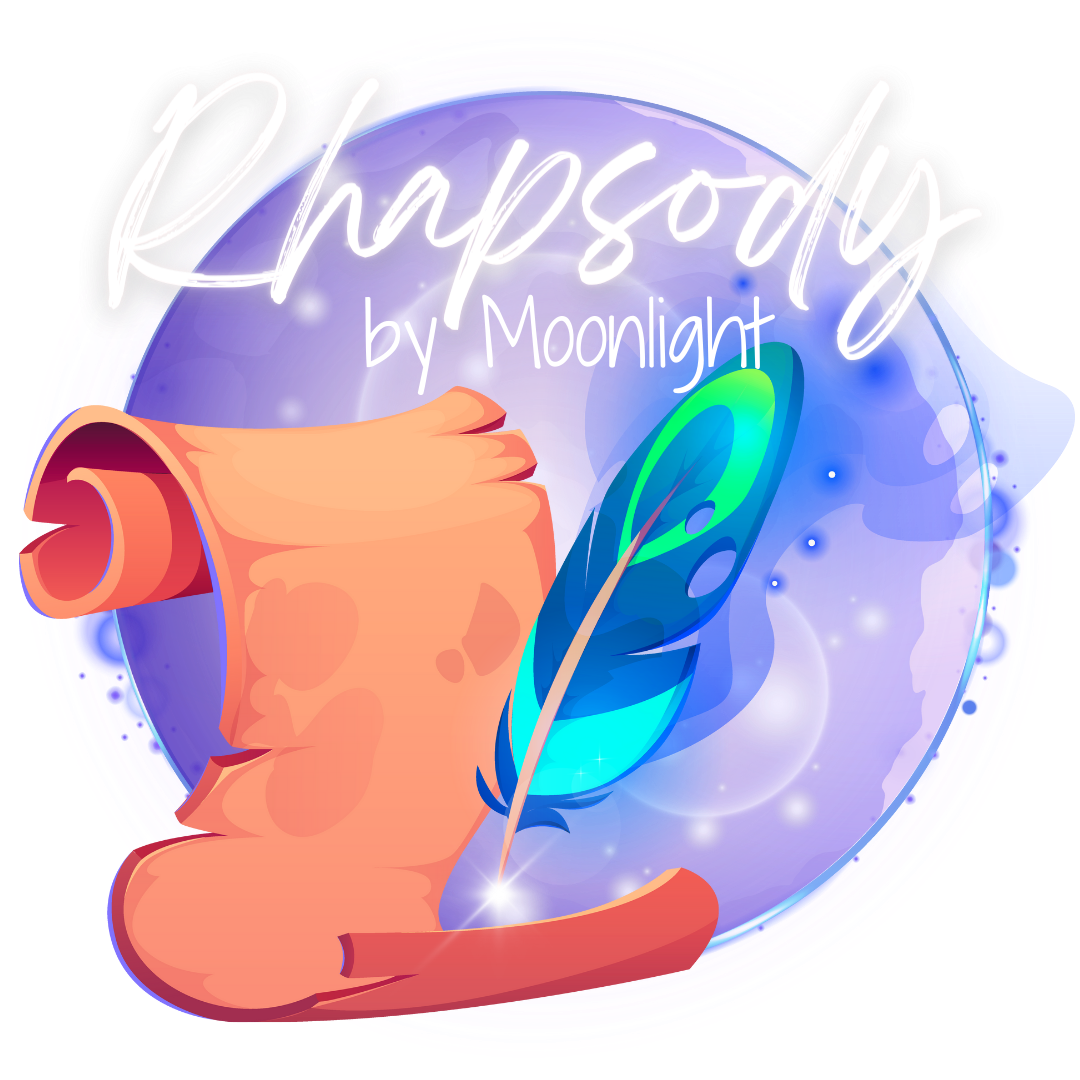Ask the Bard #24: Vibe = Mood + Tone
Haly helps a member of the community nail down the vibe of a story through mood and tone, and spotlights the worldbuilding and writing craft that go into each.
Q: What role does vibe play in worldbuilding and how do you define it (even to yourself)?
TL;DR: “Vibe” is made up of mood + tone and it is critical to creating an emotional bond with your audience. Next!
Kidding!
But OMG your face when you read that. Like, for real, I wish I had a picture.
I’m of course going to highlight the differences here with definitions and examples, shining a moon-powered spotlight on the topic if you will. (Answering this question is pretty much all I had to think about all day, sooooo….)
When we talk about “vibe” we’re usually speaking of this sort of ambiguous feeling that we associate with a person, place, thing, or idea. We might get creepy vibes from that dude in the café, the abandoned lot on First Street, a tatty old box in the corner of the basement, or the thought of being alone in a small, dark place.
At the core, vibe is where mood and tone intersect.
I know, I know, I know. “Wait, now…Haly….I thought that ‘tone’ and ‘mood’ are the same thing.”
They are not the same thing. They each describe very specific portions of a narrative story. Tone is about presentation; mood is about setting. Together, they work to convey an emotional response to the audience. If we have done our job well as writers, that will be the emotional response we intended.
Mood
Mood is defined as the overall feeling or atmosphere that a piece of media creates for the reader. This might be gloomy, cheerful, suspenseful, eerie, tense, etc. It is conveyed through setting, imagery, details, and diction. Its purpose is to evoke specific emotions in the reader and immerse them in the narrative.
It was a dark and stormy night. The old manor house sat atop a steep hill, rocky along the edges and slick with runoff. Brief flashes of lightning stirred among the clouds, illuminating the distant hills as silhouettes against the charcoal gray sky. The late autumn wind carried the bitter, stinging promise of winter and the sickly-sweet smell of rotting leaves.
Tone
Tone is the author’s or narrator’s attitude toward the subject or the audience. It could be amused, sarcastic, assertive, serious, pessimistic, hopeful. It is conveyed through word choice, sentence structure, punctuation, and figurative language (such as similes and metaphors). The purpose of tone is to provide perspective, convey feelings, and connect directly with the reader.
A solitary window was illuminated among the many on the manor’s front face. There, framed by old wood shedding paint of years gone, was a pale face. Twelve-year-old Jessica stared at the runnels of rain on the window and suppressed a shudder…of excited glee! She could not have planned for better weather. It was the perfect evening atmosphere for a birthday sleepover and her preferred party entertainment: the telling of the most horrible, the most frightening, the most hair-lifting and nightmare inducing ghost stories.
Vibe
Hopefully, the first paragraph of mood and the second paragraph of tone have given you a solid clue to the vibe of this story: creepy and fun; maybe even lighthearted.
Now…mood and tone and vibe can all shift as a story goes along. You know, that emotional journey we’re taking our audience on; the up-down-up-down rollercoaster of conflict and drama. If we follow Jessica to school on a sunny Monday morning, that’s an entirely different mood. And we can set a different tone by having her be worn out and pessimistic.
How long we let a vibe stay without changing depends entirely on the story we’re telling.
If I’m meaning this to be the vehicle for carrying a bunch of short ghost stories, each told by one of the girls at the party, then I’m very likely going to establish the vibe, and not wander too far away from it through the stories. At the very least, the “base level vibe” can be a touchstone, a point of refuge, for the audience between stories.
On the other hand, if I want to shock my audience, then I can shift the vibe very quickly by introducing tragedy and dramatic stakes. For instance, if the girls at the slumber party wake up the next morning to find that one of them has been brutally murdered.
Did you just say to yourself, “Oshit, Haly, that took a turn?!” Did I make you feel something? That’s why vibe is critical. It is literally how we grab hold of those emotional responses and move them where we want them to be.
Hope this helps!
Thanks for another amazing round of questions for this week’s column.







